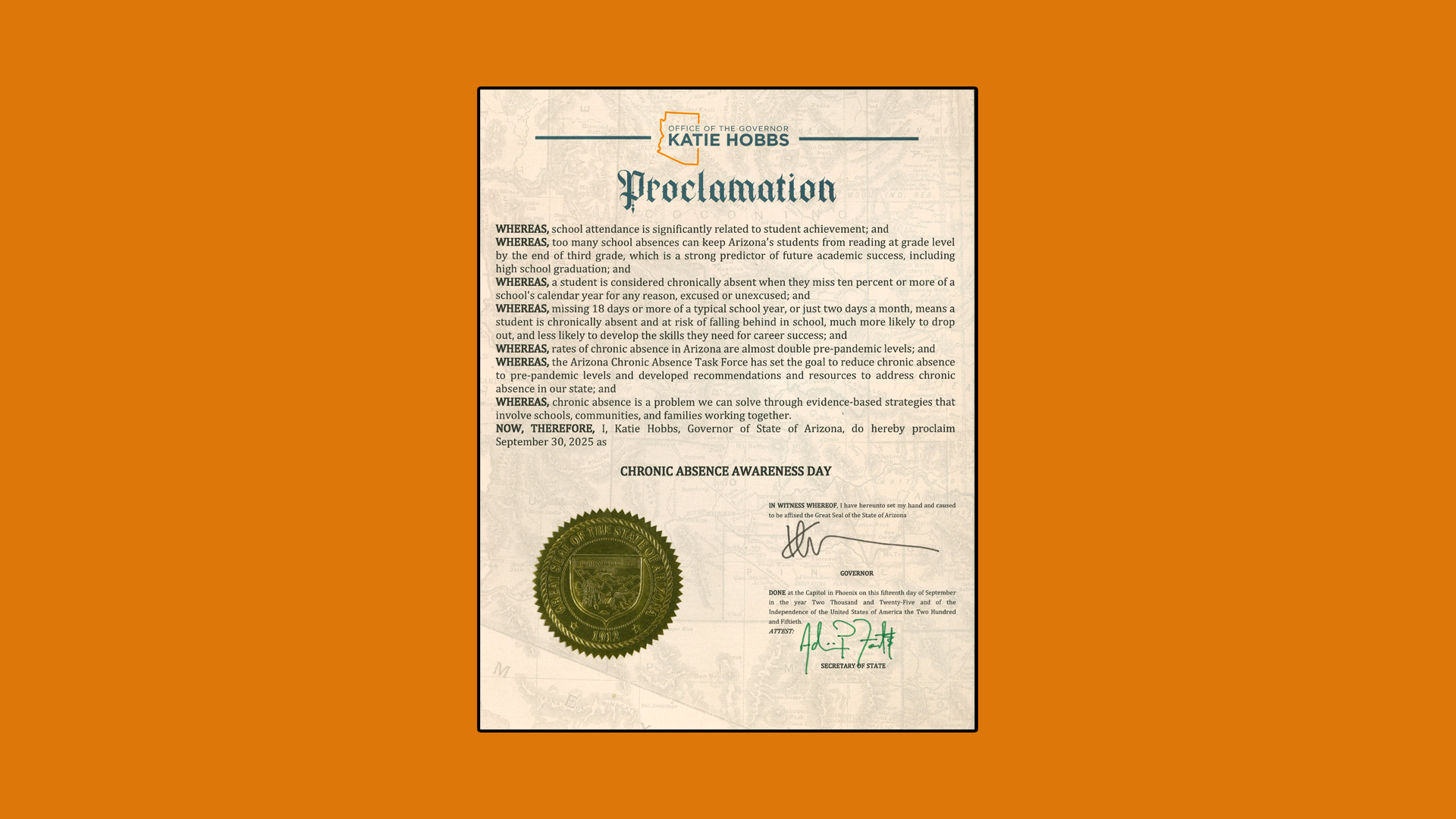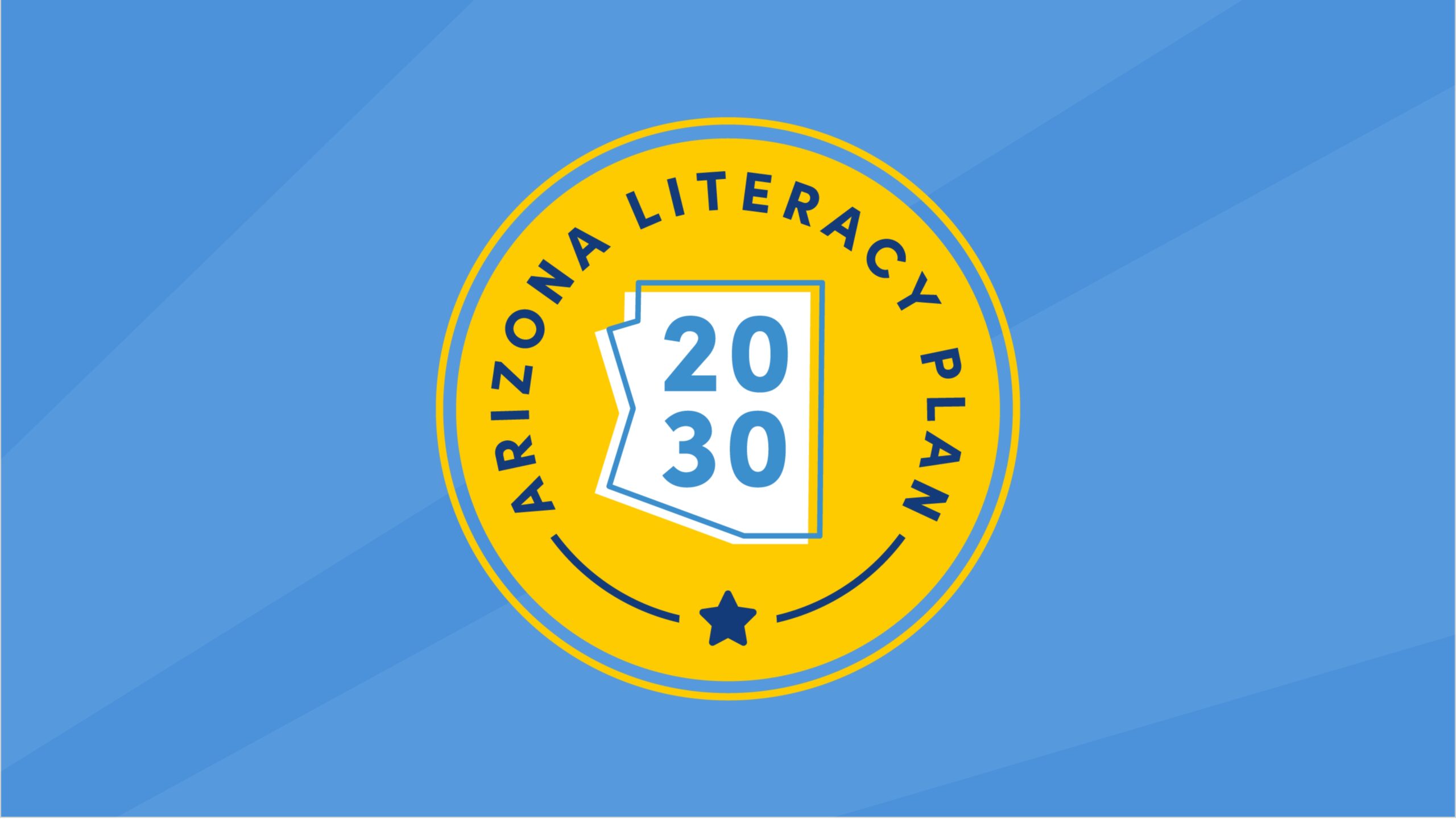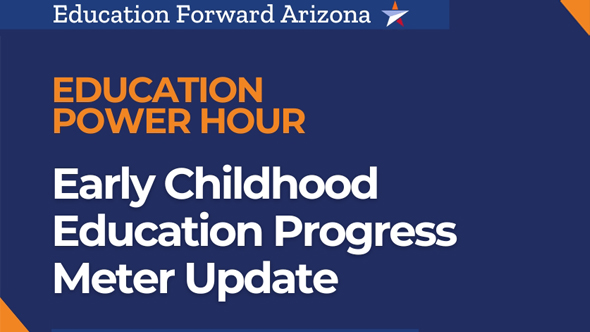April 24, 2017
Partners
Arizona public schools will get new letter-grade ratings for the first time in three years this fall, and the state will calculate them in ways both different and similar.
Schools will still be graded on an A-F scale under the new accountability system adopted by the Arizona State Board of Education on Monday. The grades, particularly for elementary schools, still will be largely tethered to standardized-testing results.
But the added wrinkles to the new grading rubric — such as including career-technical program completion rates for high-school students — are ones education leaders hope to build on in the coming years to lessen a perceived over-reliance on student test scores.
School letter grades in Arizona wield significant influence on what areas public schools choose to focus on in educating students because of the gravity of their implications. The grades in the past have been tied to funding. Charter schools with repeated low marks are subject to closure. A-grades are highly coveted by schools because of their marketing power.
The board will decide the actual cut scores for each letter grade in the summer.
There will be two different grading rubrics for elementary schools and high schools.
Here is how Arizona's public elementary schools will be graded:
- 30 percent of the grade will depend on how well kids perform on AzMERIT, the state's standardized test. Elementary- and high-school students will earn their schools at least partial "points" if they score in any of the test's three highest performance levels: partially proficient, proficient and highly proficient.
- 50 percent of the grade will be tied to how students improve on AzMERIT. Half of this slice will be calculated by how a student improves compared to their peers. The other half will be calculated by how the student improves on AzMERIT against an expected-growth target.
- 10 percent of the grade will be determined by how well a school's English-language learners perform and improve on a specialized test, AZELLA.
- The final 10 percent of elementary school grades — and one of the most obvious difference between the old system — will be based on a pool of "acceleration and readiness" measures. This will be partly determined by chronic absenteeism rates and how many third-grade students a school moves out of the lowest performance level, minimally proficient, on the reading portion of AzMERIT.
High schools will be graded separately:
- 30 percent of the grade will be based on AzMERIT scores.
- Another 20 percent will be determined through how well students improve on the test, which is administered in grades 9-11.
- Like the elementary rubric, 10 percent of a schools' grade will hinge on English-language learning students' improvement and performance on the AZELLA test.
- 20 percent of a school's grade will be calculated through new "college and career readiness indicators." As the name suggests, students will be able to get their school points in this category if they meet some of more than a dozen items aimed toward going to college or into a vocational program. This includes: passing an Advanced Placement test, the ACT or SAT or earning an industry-recognized certificate.
- The final 20 percent of high-school grades will be determined through graduation rates, which statewide have trended upward.
Grading rubric will be revisited
Many education board members and observers at Monday's education board meeting acknowledged that the new system is not perfect but is likely the best option, given the circumstances.
The new grading system will be revisited repeatedly, according to state officials, and aspects of the system could likely be changed.
A capacity crowd of education officials and advocates cheered after Monday's vote.
The state was in a race against time to create a new letter-grade system since it started its work in earnest in September. Arizona is required by state law to issue new letter grades to schools starting this fall. The state hit pause on the grading system in 2014 because of the transition to AzMERIT, a more rigorous standardized test than AIMS, its predecessor.
Many education officials and advocates shared a guiding ideal throughout the process — a desire for a fair, statewide grading system in which every school can get an A grade.
They wanted to weaken the strong correlation between low letter grades and high student poverty found in the old system, which was based almost exclusively on standardized testing.
The education experts and advocates who put in most of the legwork on the new system recognized in the months leading up to Monday's vote the enormity of their task. Several people expressed gratitude for their work Monday.
Public feedback solicited by the state in March mostly advocated for lessening the weight of test scores on the letter-grade calculations.
Valuing growth more than proficiency on AzMERIT should lessen the correlation between grades and student poverty, according to education officials. Those weights could change in the coming years with the hopes that students show continual improvement on AzMERIT.
Tim Carter, vice president of the education board and one of the new system's architects, said the state simply is not yet equipped to use more grading measures that aren't tied to AzMERIT.
Part of it has to do with the data that is available. Education officials signaled interest in including less tangible measures in the grading rubrics, such as arts and physical education and parent satisfaction. But neither the state nor schools collect such information in a uniform and reliable way.
“We simply don’t have some of those data points that we need," Carter said.
Carter said he hoped that the "readiness" buckets in the elementary and high school rubrics become a larger part of grade calculations as schools start documenting the necessary information.











